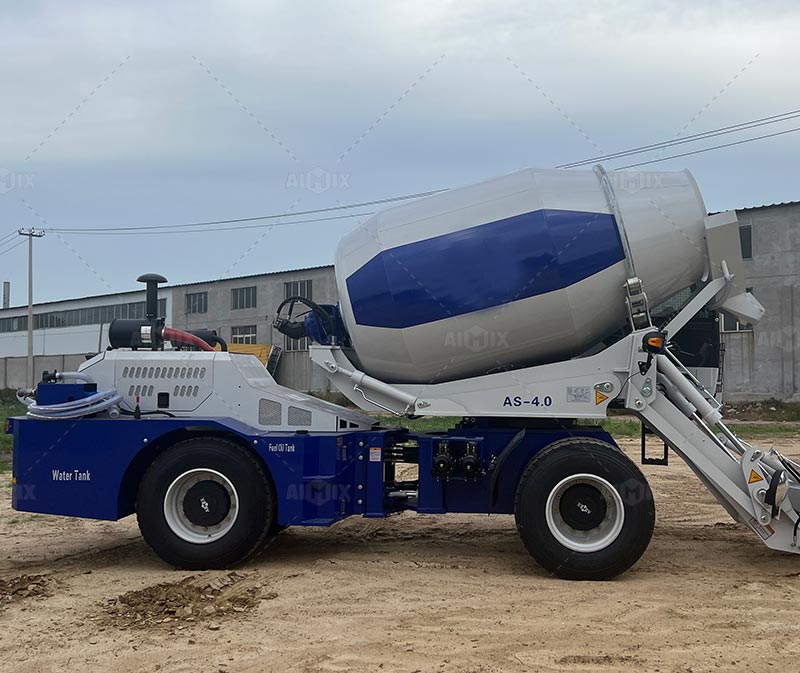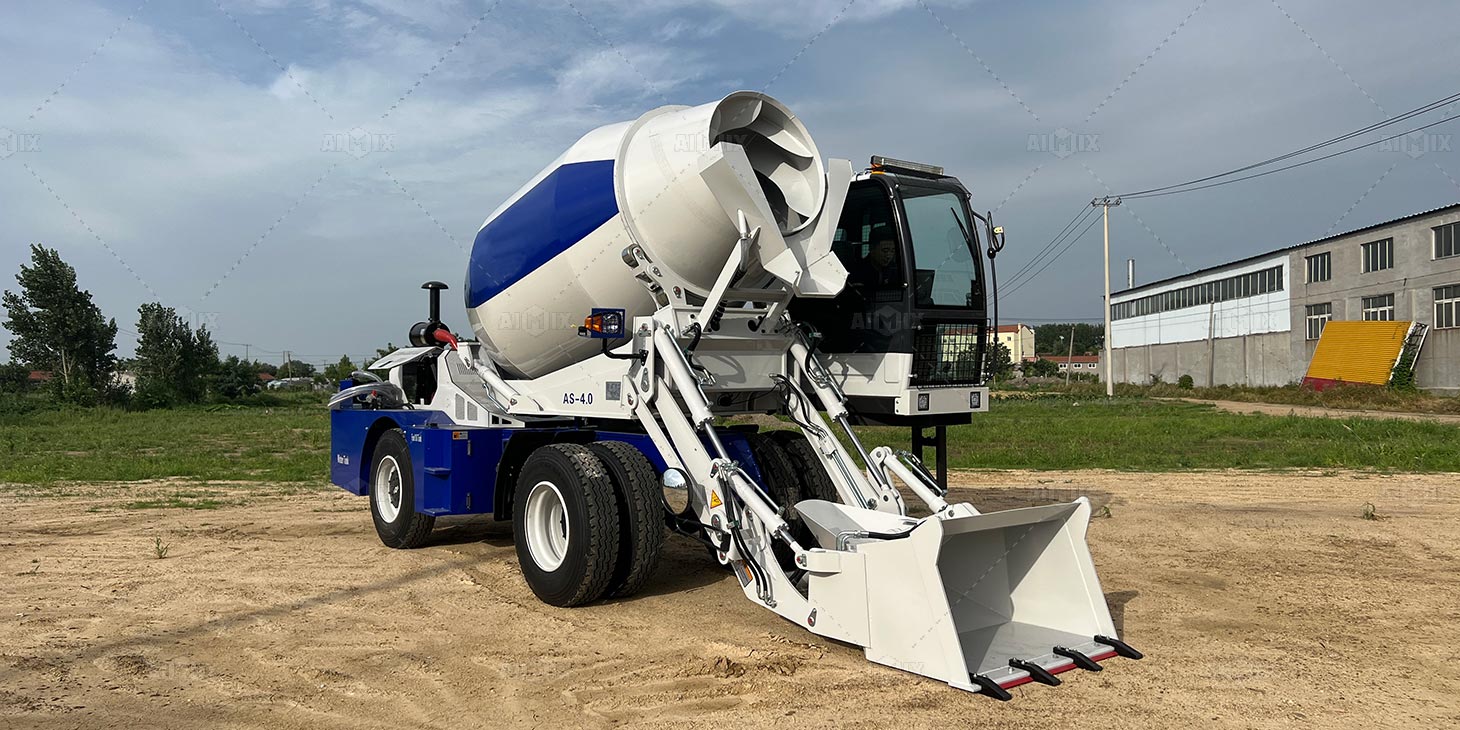Navigrating the procurement of heavy machinery in a developing market like Ethiopia requires a nuanced and informed approach. For construction businesses and contractors, the self-loading concrete mixer presents a compelling proposition, combining mixing and transportation into a single, agile unit. However, the initial price tags can be perplexing, showing significant variation from one supplier to the next. Understanding the multifaceted factors that influence self-loading concrete mixer price in Ethiopia is not merely about finding the cheapest option; it is about making a strategic investment that will yield reliability and profitability for years to come. This guide aims to demystify the cost structure, empowering you to make a purchase decision grounded in long-term value rather than short-term savings.

The Ethiopian Construction Context: A Unique Market
The appeal of self-loading mixers in Ethiopia is readily apparent. Their independence from separate batching plants and transit mixers makes them ideal for the country’s diverse and often remote project sites, from burgeoning urban developments in Addis Ababa to infrastructure projects in more inaccessible regions. Yet, the very factors that make them so useful also contribute to a complex pricing environment. Import duties, fluctuating currency exchange rates, and logistical costs for getting the machinery to your site all add layers to the final cost. A price of self loading concrete mixer is, therefore, a direct reflection of its journey to you. Furthermore, the level of local supplier presence and the quality of their support networks create a significant dichotomy in the market. A lower upfront price from an unknown entity may obscure a future fraught with operational headaches and exorbitant downtime.
Core Determinants of Self-Loading Mixer Pricing
When you begin receiving quotations, it is crucial to look beyond the bottom line and understand what you are actually paying for. The price is a composite of several key technical and commercial elements.
Machine capacity, typically measured in cubic meters per batch, is a primary driver. A 1.2m³ model will naturally command a different price than a more robust 2.0m³ unit. The engine’s power and brand, the quality of the hydraulic system, and the strength of the chassis are all critical components that influence cost. A machine built with subpar hydraulics might save money initially but will inevitably lead to frequent and costly failures. Another pivotal factor is the brand’s pedigree and the provenance of its core components. Established international brands with a proven track record of durability often carry a premium, which is an investment in their research, development, and rigorous quality control. This is contrasted with lesser-known assemblers whose attractive pricing may be achieved through compromises in material quality and manufacturing tolerances. Finally, the level of automation is a key differentiator. Basic manual controls are being superseded by semi-automatic and fully automatic systems that enhance precision, reduce operator error, and improve overall job site safety. These advanced features contribute to a higher initial cost but pay dividends in consistency and operational efficiency.

Beyond the Sticker Price: The Total Cost of Ownership
The most astute buyers in Ethiopia’s construction sector evaluate a self-loading mixer not on its purchase price alone, but on its Total Cost of Ownership (TCO). This holistic view considers all expenses incurred throughout the machine’s operational life.
Fuel consumption is a major and recurring operational cost. A model with an antiquated, inefficient engine might be cheaper to buy but will become a financial liability through its constant thirst for diesel. Modern, fuel-efficient designs, while sometimes more expensive upfront, directly reduce your daily operating expenses. Durability and serviceability are equally paramount. A machine constructed with high-grade, wear-resistant steel and equipped with easily accessible service points will have a longer lifespan and lower maintenance costs. The local availability of spare parts is a non-negotiable consideration. A concrete mixer machine that sits idle for weeks awaiting a crucial component from overseas can derail a project and erase any initial savings. This leads directly to the critical role of after-sales support. A supplier that provides comprehensive training, has a network of skilled local technicians, and guarantees prompt parts availability is providing an invaluable service that safeguards your investment. This support infrastructure has a tangible value that must be factored into any purchasing decision.
A Strategic Procurement Framework for Ethiopian Buyers
Armed with this knowledge, your procurement process should be methodical and strategic. Begin with a rigorous needs analysis for your specific projects. Overestimating capacity leads to an unnecessary capital outlay, while underestimating it results in an overworked machine and project delays. Choose a capacity and feature set that aligns precisely with your current and foreseeable operational demands.
The next step is the supplier vetting imperative. Scrutinize potential suppliers not just on their price lists, but on their reputation, their years of operation in the region, and the testimonials of their existing clients. Visit their premises if possible, and assess the quality of their service department and parts inventory. Do not hesitate to ask for references from other Ethiopian companies. Finally, consciously shift your mindset from seeking the lowest cost to investing in the highest value. A slightly higher purchase price for a reliable, fuel-efficient machine from a reputable big concrete mixer supplier with stellar local support is almost invariably the more economical choice over a five-year horizon. Your self-loading mixer is not an expense; it is a pivotal asset that will generate your company’s revenue. Choosing wisely ensures it does so reliably and profitably, project after project.
